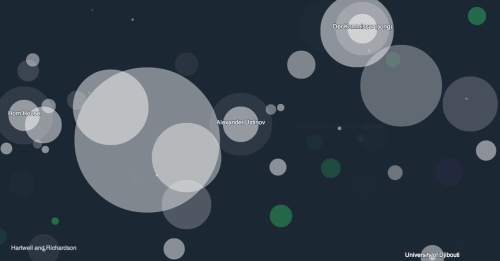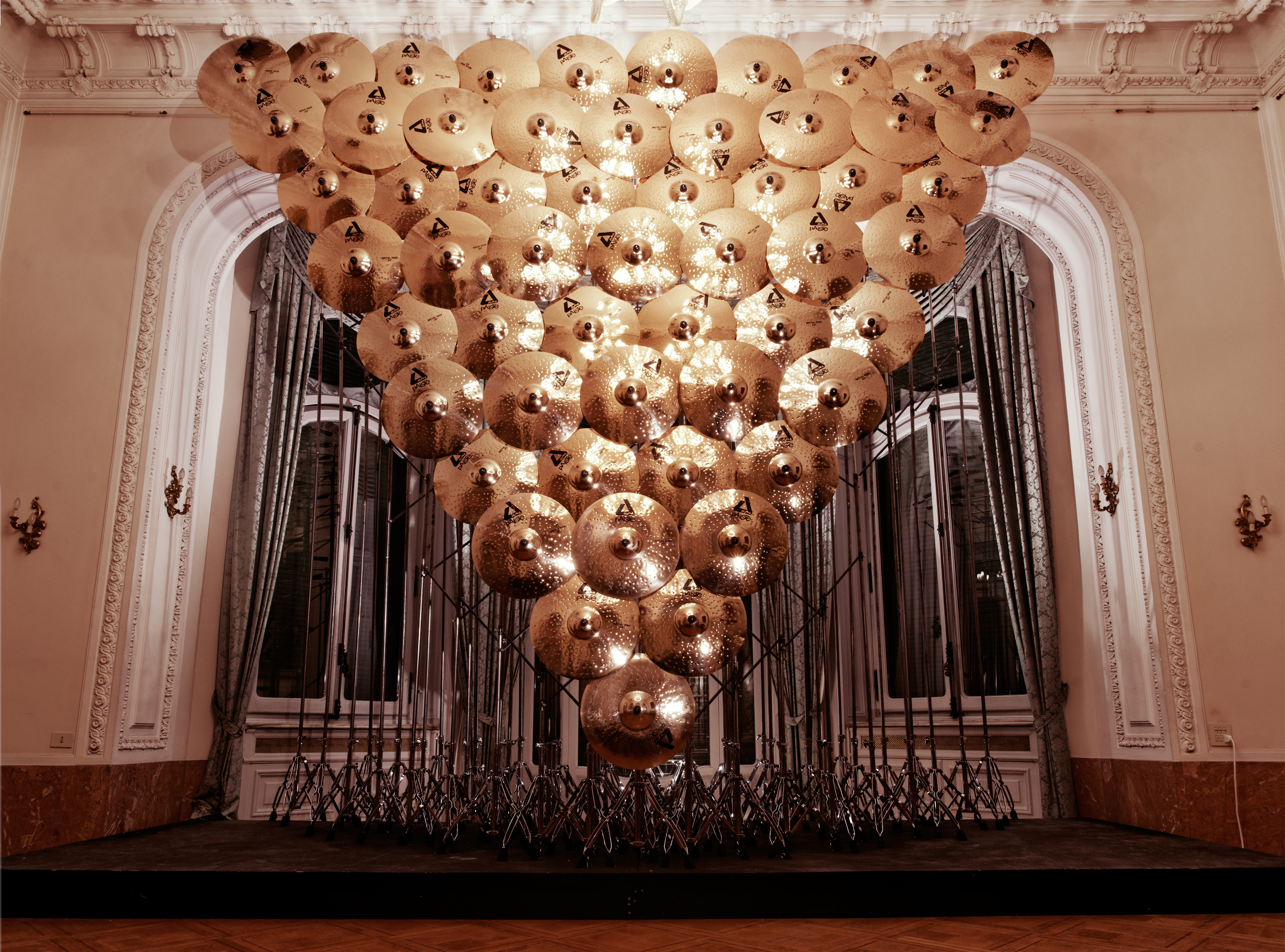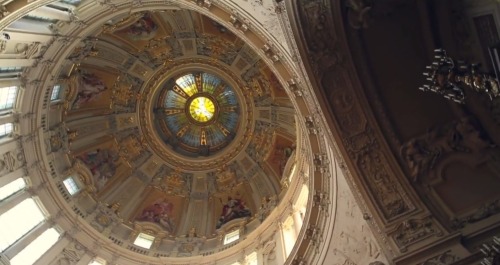
Oliver Jennings is an audio-visual artist creating moving image and sound in unconventional ways. His practice is concerned with looking for new approaches to generating moving image and sound, with particular interests in revealing hidden natural structures, soundscapes and patterns within unexpected and everyday objects. We’ve seen his work Every Object has a Spirit here at Everyday Listening.
In his most recent work, the award winning Bio-Symphony: Music of the Plants (above), which premiered at this years RHS Chelsea Flower Show, he used a device to read bio-feedback in plant life, which he then interpeted as musical information.
As Oliver is someone who connects the physical and the audible world in his work, I’m very glad to have him on the Five Sound Questions series.
1. What sound from your childhood made the most impression on you?
It may be a cliché, but the first time I was amazed by sound was when I was very young and wondered why if I held a shell to my ear I could I hear the sea inside it. To a young mind it seemed that the seaside was actually inside the shell. That was a first lesson in the transportive nature of sound that I can remember.
2. How do you listen to the world around you?
Even if you’re not consciously listening to the world around you, its frequencies are having an effect on you. Living in London, the sonic world seems to be on an endless loop, planes on the flight path create this strange high pitch wining noise like a drone which is constant, and always there in the background almost anywhere in London. This must have a subtle psychological effect on us. I think when you leave your usual area, the difference in sound is what effects your senses the most and changes your mood and opens up new emotions and feelings.
I love to try and listen to the sum of all the noise. If you are standing high up in a building with a view of London and try and focus on the wall of white noise that emerges from the whole city and think about the endless people, machinery, and movement that its made up of and somehow ends up as a rounded hum. Being able to then tap into secret and hidden soundscapes of singular objects is an amazing escape into a different world, a contact mic on the millennium bridge in London was my favourite experience of this. A hidden world of tortured orchestral sound which only I could hear out of the thousand tourists crossing the bridge, when I pulled the contact mic out the recorder I was in a different world within a fraction of a second.
3. Which place in the world do you favor for its sound?
Lewes In East-Sussex on Bonfire Night is my favourite sonic environment. One of the most famous and oldest bonfire nights in the world the whole town turns into a crazed environment. It’s a very stressful sonic environment but one which transports you back in time with sounds of marching, pagan rituals and bangers going off consistently for 24 hours, bonfires the size of houses and absolutely no cars. It’s the closest experience to being transported back in time to the middle ages.
4. How could we make sound improve our lives?
I think we should bring the way sounds function in the cinema into the real world. We already know that quite often accurately recorded sound adds nothing to the experience of an image in film. It’s always enhanced and manipulated to create an exciting new reality, quite often when sounds are distorted so they no longer correspond with the image, they create the most exciting audio-visual experience.
I think it would be great to use this cinematic enhancing property of sound in certain aspects of the real world, to make everyday things more fun and give genuine appeal to things which are difficult to motivate people to do. For example, imagine a headpiece that allows you to swim through pure silence so it feels as if you are swimming through air, for instance. I think this could be like bringing cinema into a new sensory dimension. People underestimate the power of experiencing something with separate sounds. In a world full of noise it could be a welcome escape from the familiarity of every day.
5. What sound would you like to wake up to?
I love waking up to the sound of rain, especially in a tent, another cliché, but it is the most calming feeling in the world.
Thanks Oliver! See answers by other artists in the Five Sound Questions section.
 Monday, December 15, 2014 at 23:31 tagged
Monday, December 15, 2014 at 23:31 tagged  light,
light,  performance,
performance,  soundart
soundart 















